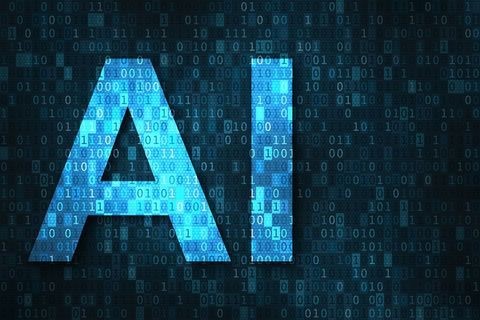Non-Union Employers Beware! Your Employees Now Have Weingarten Rights
Client Alert | 2 min read | 07.01.00
The National Labor Relations Board has just imported an important union right into the non-union workplace. As of July 10, 2000, employees in non-union facilities can demand the presence of a co-worker at any investigatory interview conducted by the employer, which the employee reasonably believes could lead to discipline.
In Epilepsy Foundation of Northeast Ohio, 331 N.L.R.B. No. 92 (July 10, 2000), the Board determined that the employer violated Section 8(a)(1) of the National Labor Relations Act, 29 U.S.C. §158(a)(1), by refusing an employee's request for the presence of another employee during a meeting with his manager, insisting on pursuing the interview, and subsequently discharging the employee when he would not participate in the interview. This new interpretation of the Act will be applied retroactively.
The right to demand the presence of a union representative during investigatory interviews in a unionized workplace was approved by the Supreme Court as a reasonable interpretation of the statute in NLRB v. J. Weingarten, 420 U.S. 251 (1975). The Court reasoned that having a union steward present at such meetings safeguards the individual employee's interests and "also the interests of the entire bargaining unit by exercising vigilance to make certain that the employer does not initiate or continue a practice of imposing punishment unjustly." Id. at 260.
Now, a Board majority of Chairman Truesdale and Members Fox and Leibman, over dissents by Members Hurtgen and Brame, has extended this rationale to the non-union workplace. Their theory is that the NLRA "generally affords employees the opportunity to act together to address the issue of an employer's practice of imposing unjust punishment on employees." Epilepsy Foundation at 3. (Notice the implicit assumption that there is such a "practice of imposing unjust punishment.")
In its current incarnation, Board law represents a return to the 1982 decision in Materials Research Corp., 262 NLRB 1010 (1982), which had also extended Weingarten rights to non-union employees. Materials Research was overruled by the Board just three years later, in Sears, Roebuck & Co., 274 NLRB 230 (1985). Sears is now overruled and Materials Research resurrected.
The rationale of the majority decision rests on the theory that Weingarten was derived from the general Section 7 right of employees to act together for "mutual aid and protection" and not from a union's right to be the exclusive bargaining representative under Section 9(a).
In dissent, Member Hurtgen responded that Section 7 might protect employees seeking each other's assistance but does not require the employer to accede to such requests. Member Brame's dissent focused on the peculiar result of forcing a non-union employer to "deal with" an employee as the representative of another but without majority standing, customarily a violation of the Act.
Epilepsy Foundation may bode further incursions into the non-union workplace. Nothing in the decision limits its rationale to investigatory meetings which might lead to discipline, as opposed to a performance review, compensation discussion, and any other meeting at which terms and conditions of employment might be at issue.
Insights
Client Alert | 4 min read | 05.13.24
Harmonizing AI with EEO Requirements: OFCCP’s Blueprint for Federal Contractors
Now more than ever, federal contractors find themselves at the intersection of innovation and regulation, particularly in the realm of Artificial Intelligence (AI). AI is now incorporated into a broad range of business systems, including those with the potential to inform contractor employment decisions. For that reason, the Office of Federal Contract Compliance Programs (OFCCP) has issued new guidance entitled “Artificial Intelligence and Equal Employment Opportunity for Federal Contractors” (the “AI Guide”). OFCCP issued the AI Guide in accordance with President Biden’s Executive Order 14110 (regarding the “Safe, Secure, and Trustworthy Development and Use of Artificial Intelligence”), which we reported on here. The AI Guide provides answers to commonly asked questions about the use of AI in the Equal Employment Opportunity (EEO) context. The AI Guide also offers “Promising Practices,” which highlight a number of important considerations for federal contractors. Focusing on federal contractors’ obligations and attendant risks when utilizing AI to assist in employment-related decisions, the AI Guide also provides recommendations for ensuring compliance with EEO requirements while harnessing the efficiencies of AI.
Client Alert | 7 min read | 05.13.24
SEC Enforcement Actions Signal Enhanced Scrutiny Around “AI Washing”
Client Alert | 2 min read | 05.09.24
Client Alert | 12 min read | 05.09.24


